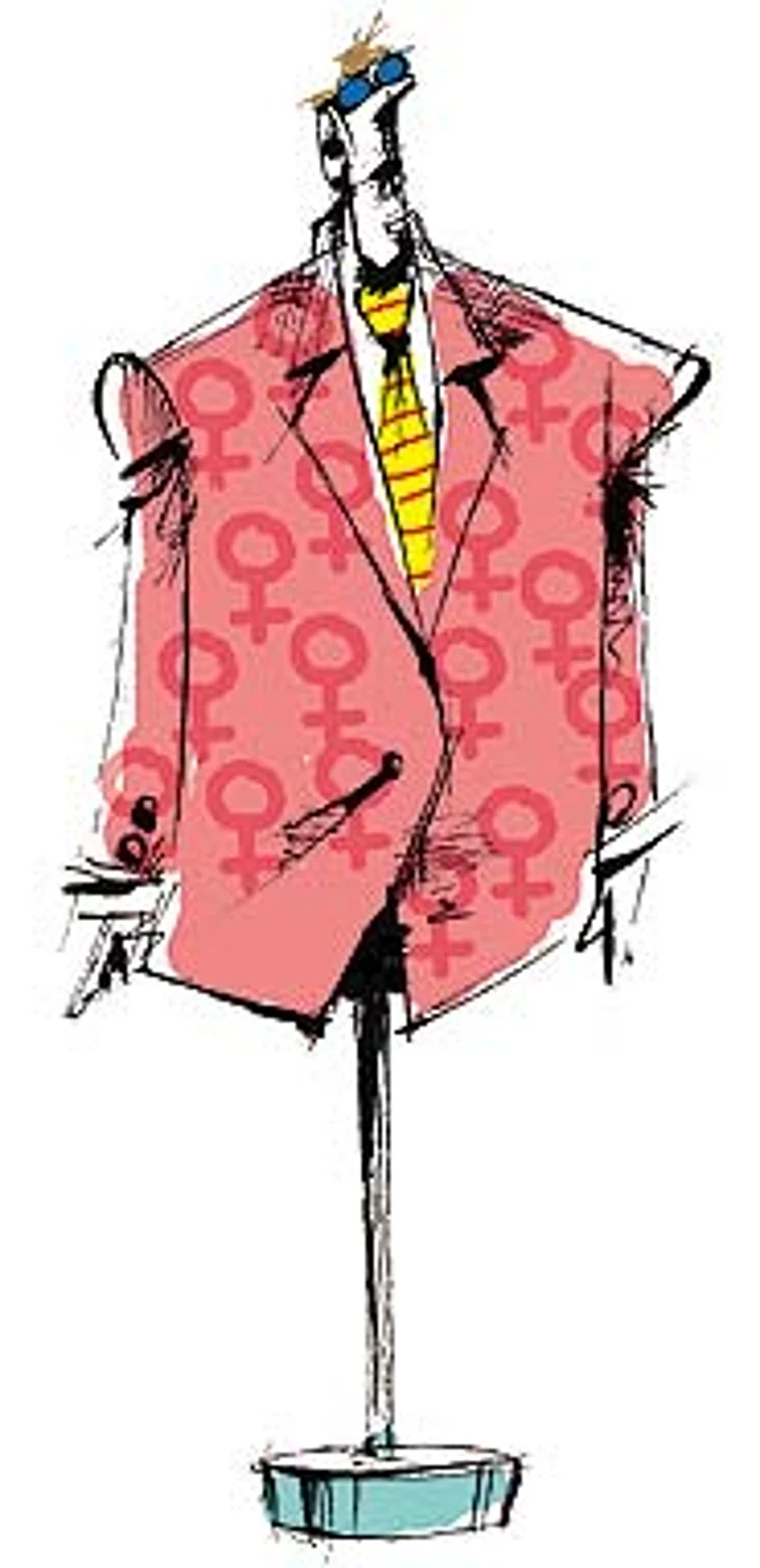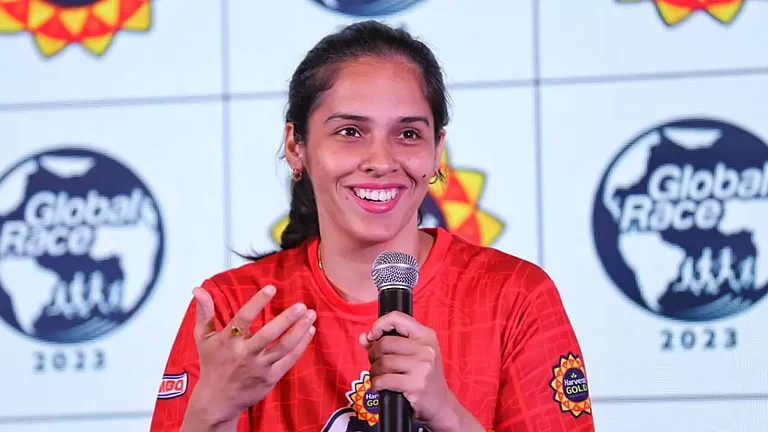‘Can you cook, can you sow, make flowers grow
Can you understand my pain?’
— Bob Dylan

Sometime in the late ’80s, people in Britain and the US started talking about the ‘New Man’. The women (mostly) talking were nominally ‘liberated’, and the man they were talking about was ‘new’—he was a more acceptable model of the male than had previously trampled across the planet. This new man was some or all of the following: he believed in absolute equality of the sexes; not only was he not threatened by powerful and assertive women, he craved their company; he was respectful, sensitive and caring; sexually, he was capable of digitally or orally pleasuring his partner, before even thinking of his own phallocentric rewards; domestically, he could cook a decent meal and, again, was willing to do it regularly; he was house-trained and not averse to washing dishes and clothes and generally keeping the joint homestead clean; politically, he was au fait with the ‘herstory’ of women’s struggles and able to factor in the need to rebalance against the age-old record of male oppression, from macrodynamics to daily exchanges; he was this new man, not only not in the least bit misogynist but also, clearly, not homophobic—in fact, he teetered on the verge of being the stereotypical cool, gay guy except he preferred women as lovers and partners.
There were, of course, several problems with this man-model, not least of them being a certain degree of wishful projection on the part of the women. As time slid by, the various Euro-American New Men of the ’80s developed different trajectories, some reverting to something called a ‘new laddism’ (hairless guys with nice shirts who nevertheless loved beer and football), some kowtowed—very reluctantly, naturally—to a female minority’s need to have their ‘men be proper men’ (hairy, macho and unbathed like the old ‘old’ man), others had nervous breakdowns, yet others just became boringly, inoffensively, ‘normal’, but traces of the command-strings of the original New Man prototype did and do still find themselves hardwired into a majority of western men of certain classes.
For instance, the idea that a wife/girlfriend can be physically assaulted is a bit out. Another idea, that it is the man who earns and the woman who ‘keeps the home’, is almost dead. A third random idea, that men like to see revealing clothes only on ‘other women’, is old-fashioned. The concept that you progenitise a baby and then let wife or mother do all the cleaning of ejected bodily fluids is seen as being more or less from the 19th century: my baby, my genetic fluids, therefore also my responsibility. And all of this is merely what one sees on the surface.
There is a deeper shift. Not enough, nowhere near some gender-equal utopia, but a shift nevertheless, that sees many men more comfortable with the idea of sharing control, responsibility and pleasure with women than with not sharing it. I’m not sure a ‘New Indian Man’ is to be found anywhere, but, if not, perhaps it’s time to imagine him into existence. And we need not define the scope of our own ambition. As a society, we could replicate the rough and ready methods by which we have managed the unwieldy but working contraption of our democracy; we could even follow the circuitous route by which our state and commerce spawned our much admired IT industry, an unlikely child if there ever was one. Out of the great Mixed Economy of iron-hard will and rossogolla-soft emotions that is Indian society, out of our traditions and the mutations and ruptures of it, perhaps we can piece together old scraps and imported hybrids to form the figure of a new, different, far less malevolent Indian man.
What would he look like? He’d still perhaps be corrupt but would take on equal cooking duties at home; still be crazy about cricket on TV but would happily change nappies. He’d still be weak-chinned about many things but quietly brave about being led by far braver women. He would still want sons but genuinely exult at the birth of daughters. He’d still wrinkle his nose at all other communities save his own, but he would no longer be able to look down at the other main community, the community of women. If we arrive at this nava-purush some day, then he will be as new and as full of the robust potential to spread as the Mark 1 Ambassador car once was.


























